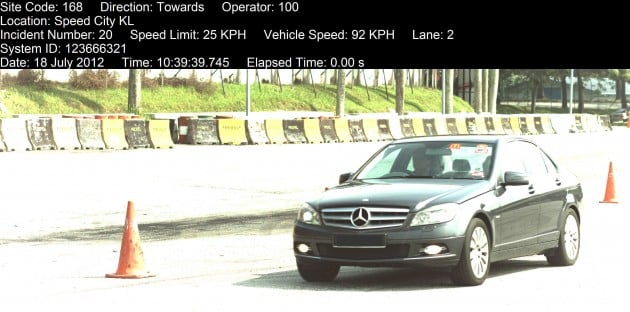JPJ have released an FAQ on the Automated Enforcement System (AES) that was announced earlier this month. The AES system will use around 800 fixed and 500 portable speedtrap cameras from two different manufacturers to ‘monitor’ traffic in 831 “black spot” areas on highways in addition to stretches of state and federal roads. All the cameras – which have a 11MP resolution – will be able to record both still image and video footage of vehicles committing speed-related offences, and are connected via a broadband link to the respective system’s headquarters. Once captured, the photographic evidence is then passed on to the JPJ, which will verify it, and a fine is then issued to traffic offenders.
Continue reading for the full AES FAQ.
Looking to sell your car? Sell it with Carro.












AI-generated Summary ✨
Comments generally support the implementation of the Automated Enforcement System (AES) for traffic safety, with many emphasizing that it should be used to educate rather than punish drivers. Several mention the importance of clear signage and warnings before cameras to promote compliance. Concerns about system reliability, privacy, and potential for corruption are noted, alongside criticisms that some cameras are hidden or poorly signposted, undermining trust. Enthusiasm for adopting practices from countries like UK, Germany, and Saudi Arabia is visible, with suggestions to use technology for broader crime prevention. Many stress the need for discipline, better road infrastructure, and awareness, while a few see the AES primarily as a revenue-generating tool for authorities. Overall, most comments favor road safety improvements, contingent on transparency and proper enforcement.